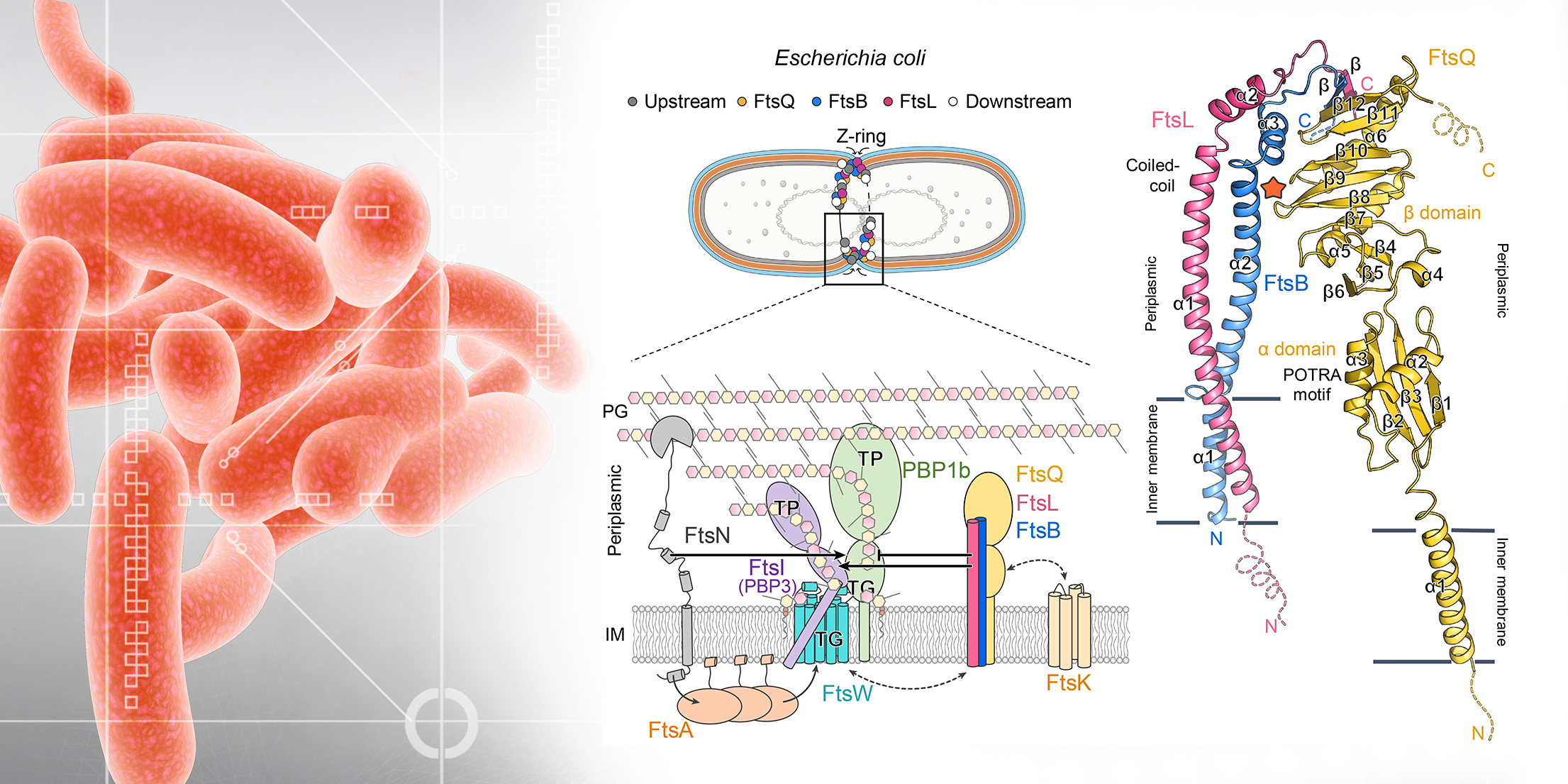New chemical probes have been developed to study the glycosylation of a protein after being synthesized in the cell, and its traveling from the Golgi apparatus to the cell surface. This new development would help us understand the most complex post-translational process, i.e. glycosylation of proteins to form glycoproteins.
More than 50% of human proteins are glycoproteins; the role carbohydrates play on glycoproteins is, however, largely unknown, though glycoproteins on cell surface are associated with infection, cancer metastasis, cell differentiation and many other intercellular communication processes.
|
This new tool will facilitate the study of these important biological functions and diseases progression. Unlike the previous related work based on fluorescent probes which cause too much background signal and reduce the detection sensitivity, the new design is based on the fact that the probe is not fluorescent until it reacts with another non-fluorescent counterpart. So after the living cell is fed with the probe (a fucose analog in this report), it is taken by the cell and processed to form a substrate for an enzyme called fucosyltransferase, which then transfers the sugar to a target protein, and the glycoprotein then travels from the Golgi inside the cell to the surface of the cell.
After addition of the cell permeable counterpart, it will look for the fucose analog on proteins and react to form a fluorescent product. Using a microscope or flow cytometry, one can see where the glycoprotein is located and where it goes. It is like when you are in a completely dark room, you do not see anything, but when only one light is turned on, it is easy to see where the light is. If you are in a bright room with all lights on, when a light is turned off, it is still difficult to tell the difference. The detection sensitivity depends not only on the probe you design, but also on the background. This new development combined the most fluorescent molecule with least background effect to achieve high-sensitivity detection.
Since fucosyltransferase is particularly active in cancer metastasis, this study will provide a new direction to understand cancer metastasis and to develop more effective new anticancer agents.
The work was reported by Dr. Chi-Huey Wong, Director of Genomics Research Center at Academia Sinica, Dr. Tsui-Ling Hsu, postdoctoral associated from the same institute, and collaborators at The Scripps Research Institute. The study was published on Aug. 15 issue of Proc. Natl. Acad. Sci. USA 2006, 103, 12371-12376. (http://www.pnas.org/cgi/content/abstract/103/33/12371)
Related News Coverage:





